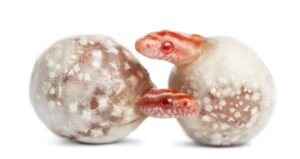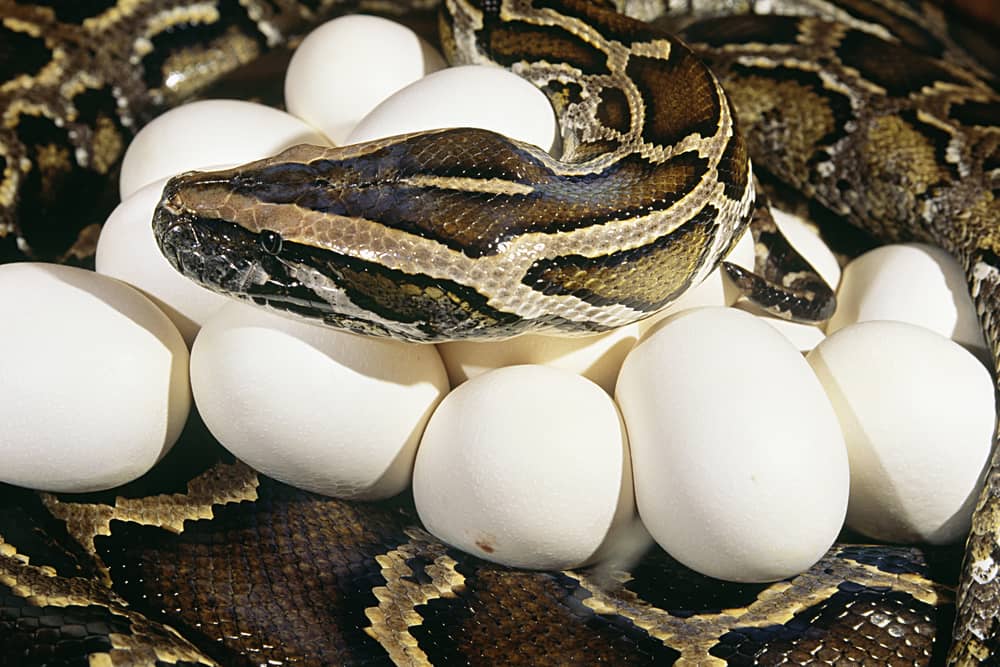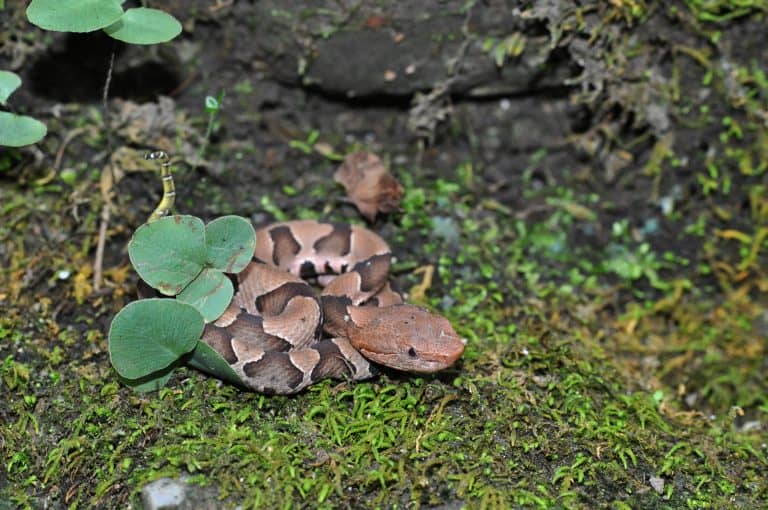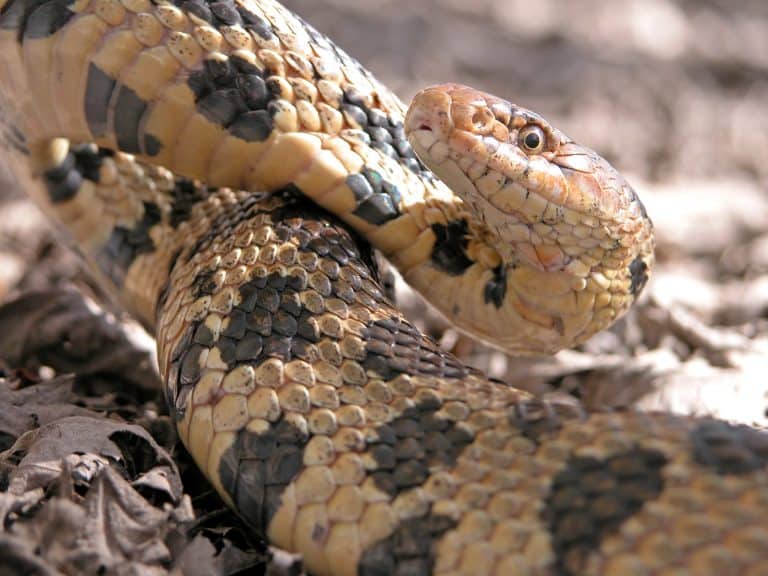Why Snake Eggs Are Fascinating
Have you ever stumbled upon leathery white eggs in a garden or forest and wondered what they were? Chances are, you just found snake eggs. These mysterious little capsules hold a lot more than meets the eye. From unique textures to surprising hatching behaviors, snake eggs are nature’s hidden wonders.
Basic Facts About Snake Reproduction
Snakes reproduce either by laying eggs or giving live birth. Most species are oviparous, meaning they lay eggs, while some, like boa constrictors, give live birth. Understanding snake eggs gives insight into the secret lives of these often-misunderstood reptiles.

How Do Snakes Lay Eggs?
Oviparous vs. Ovoviviparous vs. Viviparous Snakes
-
Oviparous snakes lay eggs that hatch outside the mother’s body (e.g., pythons, rat snakes).
-
Ovoviviparous snakes keep the eggs inside and give birth to live young when they hatch (e.g., garter snakes).
-
Viviparous snakes give birth to fully developed live young (e.g., boas).
The Egg-Laying Process Explained
Female snakes will find a safe, warm, and humid spot to deposit their eggs. After laying, most snake species leave the eggs to develop on their own. However, a few, like the female python, coil around the eggs to protect and incubate them.
Characteristics of Snake Eggs
What Snake Eggs Look Like
Snake eggs typically appear leathery, oval, and off-white. They’re not hard and brittle like bird eggs but rather soft and pliable. Some can even expand slightly due to humidity.
Size, Shape, and Texture
-
Size: Ranges from a jellybean to a chicken egg depending on the species.
-
Shape: Usually oval, not perfectly round.
-
Texture: Soft, leathery, and slightly sticky when freshly laid.
How to Identify Snake Eggs from Other Eggs
You can spot snake eggs by their leathery texture, oblong shape, and the fact that they’re usually buried or hidden in moist environments. Unlike bird eggs, they won’t break easily if gently pressed.
Where Do Snakes Lay Their Eggs?
Common Nesting Spots
Snakes prefer secluded and warm locations like:
-
Under logs
-
Leaf piles
-
Inside compost heaps
-
In loose soil or sand
Environmental Preferences
Snakes seek out moist, humid areas with consistent warmth. These conditions are vital for the eggs to develop properly and avoid drying out.

The Incubation Period
How Long Do Snake Eggs Take to Hatch?
On average, snake eggs take 45 to 70 days to hatch, depending on the species and environmental conditions.
Temperature and Humidity Requirements
Ideal conditions:
-
Temperature: Around 82–88°F (28–31°C)
-
Humidity: Between 75–90%
These factors directly affect the success rate and sex of the hatchlings in some species.
Caring for Snake Eggs (In Captivity)
Setting Up an Incubator
You can use a commercial reptile incubator or a DIY setup with a plastic container, vermiculite, and a stable heat source.
Monitoring Temperature and Moisture
Daily checks are essential. Use a digital thermometer and hygrometer. If humidity drops, lightly mist the substrate—don’t drench it!
What to Expect During Development
Over time, eggs will swell slightly and may show visible veins if candled (shined through with a flashlight). If an egg collapses or molds, remove it immediately.
Hatching Time!
How Baby Snakes Break Out of Their Eggs
Baby snakes use a small, sharp egg tooth to slice through the egg. This process is called “pipping.” It can take several hours to a day for the hatchling to fully emerge.
Common Hatching Problems
-
Stuck hatchlings: Caused by low humidity.
-
Rotten eggs: Usually due to mold or poor conditions.
-
Delayed hatching: Sometimes just a matter of timing—don’t rush it.
Dangers to Snake Eggs in the Wild
Predators and Natural Threats
Many animals snack on snake eggs, including:
-
Raccoons
-
Birds
-
Ants
-
Rodents
Human Interference
Gardeners and hikers may accidentally destroy eggs, or worse, relocate them improperly. If you find snake eggs, it’s best to leave them undisturbed.
Snake Egg Myths and Misconceptions
Not All Snakes Lay Eggs!
A common myth is that all snakes lay eggs. In reality, 30% of snake species give birth to live young.
Misidentifying Snake Eggs
Sometimes reptile eggs (like lizards) or even bird eggs may be confused with snake eggs. Texture and nesting spots are your best clues.
Popular Pet Snake Species That Lay Eggs
Corn Snakes
These beginner-friendly snakes lay 10–30 eggs per clutch, and they’re relatively easy to incubate.
Ball Pythons
Ball pythons lay fewer eggs (around 4–10), but they’re popular for breeding due to unique color morphs.
King Snakes
Known for being voracious eaters, king snakes lay clutches of 5–15 eggs and are hardy captives.
What to Do If You Find Snake Eggs
Leave Them Be or Relocate?
In most cases, leave them where they are. If they’re in danger (e.g., in your garden), contact local wildlife rescue or herpetology experts before moving them.
Legal Considerations and Safety
In some regions, touching or relocating reptile eggs is illegal. Always check local wildlife laws before acting.
Snake Egg Fun Facts
Unique Egg Adaptations
Some species like the African rock python develop eggs with calcified shells, while others have sticky surfaces to cling to surfaces.
Record-Breaking Snake Eggs
The largest known snake egg belongs to the reticulated python, with eggs reaching over 5 inches in length!



